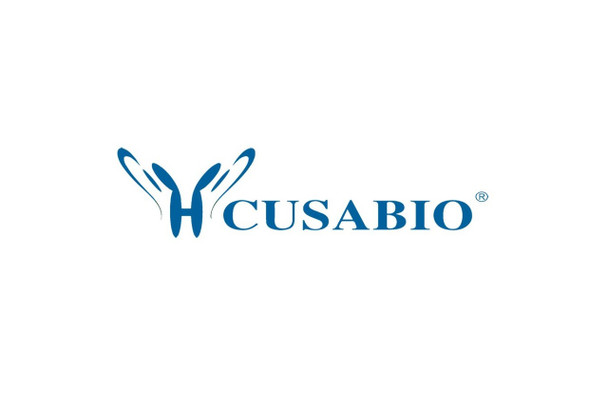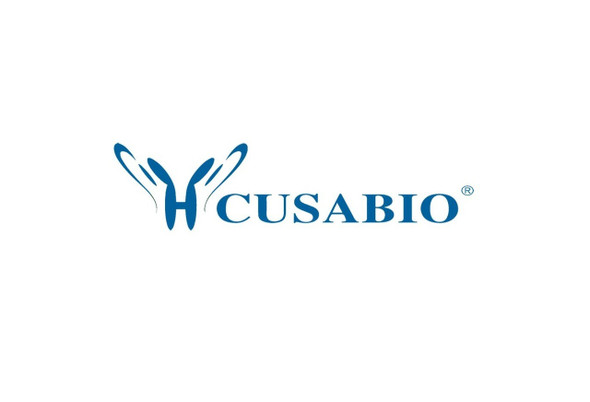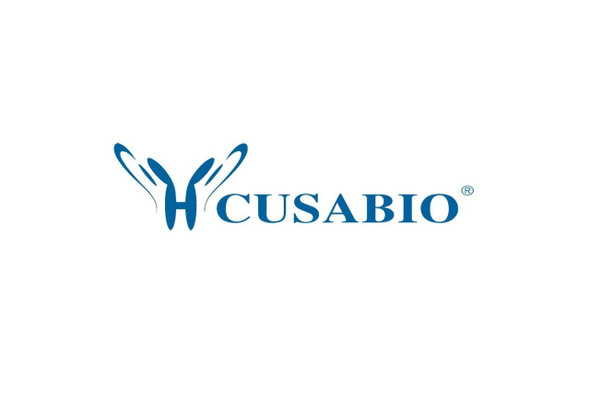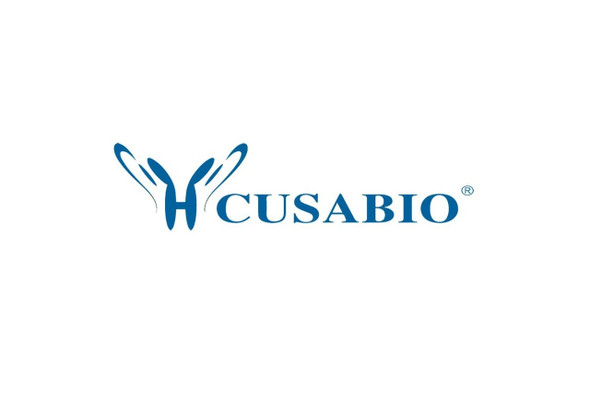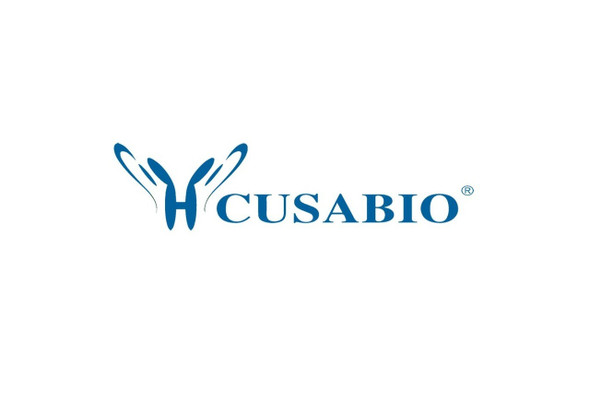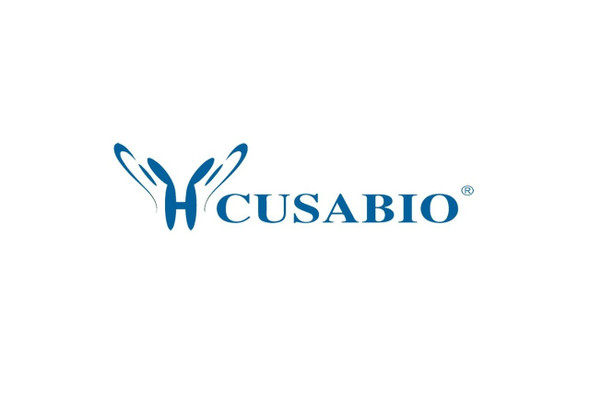Cusabio Human Recombinants
Recombinant Human Long-chain-fatty-acid--CoA ligase 5 (ACSL5), partial | CSB-EP891734HU
- SKU:
- CSB-EP891734HU
- Availability:
- 13 - 23 Working Days
Description
Recombinant Human Long-chain-fatty-acid--CoA ligase 5 (ACSL5), partial | CSB-EP891734HU | Cusabio
Alternative Name(s): Long-chain acyl-CoA synthetase 5 Short name: LACS 5
Gene Names: ACSL5
Research Areas: Signal Transduction
Organism: Homo sapiens (Human)
AA Sequence: TRPQPVLPLLDLNNQSVGIEGGARKGVSQKNNDLTSCCFSDAKTMYEVFQRGLAVSDNGPCLGYRKPNQPYRWLSYKQVSDRAEYLGSCLLHKGYKSSPDQFVGIFAQNRPEWIISELACYTYSMVAVPLYDTLGPEAIVHIVNKADIAMVICDTPQKALVLIGNVEKGFTPSLKVIILMDPFDDDLKQRGEKSGIEILSLYDAENLGKEHFRKPVPPSPEDLSVICFTSGTTGDPKGAMITHQNIVSNAAAFLKCVEHAYEPTPDDVAISYLPLAHMFERIVQAVVYSCGARVGFFQGDIRLLADDMKTLKPTLFPAVPRLLNRIYDKVQNEAKTPLKKFLLKLAVSSKFKELQKGIIRHDSFWDKLIFAKIQDSLGGRVRVIVTGAAPMSTSVMTFFRAAMGCQVYEAYGQTECTGGCTFTLPGDWTSGHVGVPLACNYVKLEDVADMNYFTVNNEGEVCIKGTNVFKGYLKDPEKTQEALDSDGWLHTGDIGRWLPNGTLKIIDRKKNIFKLAQGEYIAPEKIENIYNRSQPVLQIFVHGESLRSSLVGVVVPDTDVLPSFAAKLGVKGSFEELCQNQVVREAILEDLQKIGKESGLKTFEQVKAIFLHPEPFSIENGLLTPTLKAKRGELSKYFRTQIDSLYEHIQD
Source: E.coli
Tag Info: N-terminal 6xHis-tagged
Expression Region: 33-683aa
Sequence Info: Cytoplasmic Domain
MW: 76.4 kDa
Purity: Greater than 90% as determined by SDS-PAGE.
Relevance: Acyl-CoA synthetases (ACSL) activate long-chain fatty acids for both synthesis of cellular lipids, and degradation via beta-oxidation. ACSL5 may activate fatty acids from exogenous sources for the synthesis of triacylglycerol destined for intracellular storage (By similarity). Utilizes a wide range of saturated fatty acids with a preference for C16-C18 unsaturated fatty acids (By similarity). It was suggested that it may also stimulate fatty acid oxidation (By similarity). At the villus tip of the crypt-villus axis of the small intestine may sensitize epithelial cells to apoptosis specifically triggered by the death ligand TRAIL. May have a role in the survival of glioma cells
Reference: "Regulation of enterocyte apoptosis by acyl-CoA synthetase 5 splicing."Gassler N., Roth W., Funke B., Schneider A., Herzog F., Ehemann V., Sykora J., Haas T.L., Walczak H., Ganten T., Zentgraf H., Erb P., Alonso A., Autschbach F., Schirmacher P., Knuechel R., Kopitz J. Gastroenterology 133:587-598(2007)
Storage: The shelf life is related to many factors, storage state, buffer ingredients, storage temperature and the stability of the protein itself. Generally, the shelf life of liquid form is 6 months at -20?/-80?. The shelf life of lyophilized form is 12 months at -20?/-80?.
Notes: Repeated freezing and thawing is not recommended. Store working aliquots at 4? for up to one week.
Function: Acyl-CoA synthetases (ACSL) activate long-chain fatty acids for both synthesis of cellular lipids, and degradation via beta-oxidation. ACSL5 may activate fatty acids from exogenous sources for the synthesis of triacylglycerol destined for intracellular storage (By similarity). Utilizes a wide range of saturated fatty acids with a preference for C16-C18 unsaturated fatty acids (By similarity). It was suggested that it may also stimulate fatty acid oxidation (By similarity). At the villus tip of the crypt-villus axis of the small intestine may sensitize epithelial cells to apoptosis specifically triggered by the death ligand TRAIL. May have a role in the survival of glioma cells.
Involvement in disease:
Subcellular Location: Mitochondrion, Endoplasmic reticulum, Mitochondrion outer membrane, Single-pass type III membrane protein, Endoplasmic reticulum membrane, Single-pass type III membrane protein
Protein Families: ATP-dependent AMP-binding enzyme family
Tissue Specificity:
Paythway: PPARsignalingpathway
Form: Liquid or Lyophilized powder
Buffer: If the delivery form is liquid, the default storage buffer is Tris/PBS-based buffer, 5%-50% glycerol. If the delivery form is lyophilized powder, the buffer before lyophilization is Tris/PBS-based buffer, 6% Trehalose, pH 8.0.
Reconstitution: We recommend that this vial be briefly centrifuged prior to opening to bring the contents to the bottom. Please reconstitute protein in deionized sterile water to a concentration of 0.1-1.0 mg/mL.We recommend to add 5-50% of glycerol (final concentration) and aliquot for long-term storage at -20?/-80?. Our default final concentration of glycerol is 50%. Customers could use it as reference.
Uniprot ID: Q9ULC5
HGNC Database Link: HGNC
UniGene Database Link: UniGene
KEGG Database Link: KEGG
STRING Database Link: STRING
OMIM Database Link: OMIM

